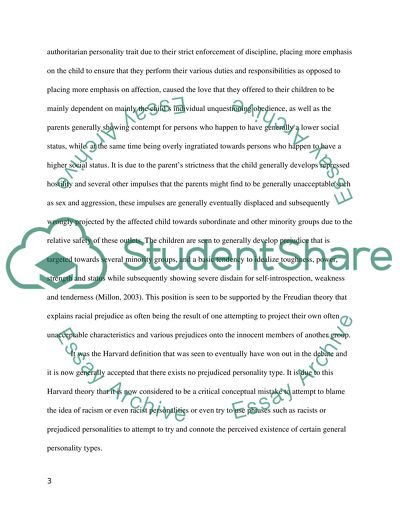Cite this document
(“Critically analyse methods which might be used to overcome prejudice Essay”, n.d.)
Retrieved from https://studentshare.org/psychology/1475464-critically-analyse-methods-which-might-be-used-to
Retrieved from https://studentshare.org/psychology/1475464-critically-analyse-methods-which-might-be-used-to
(Critically Analyse Methods Which Might Be Used to Overcome Prejudice Essay)
https://studentshare.org/psychology/1475464-critically-analyse-methods-which-might-be-used-to.
https://studentshare.org/psychology/1475464-critically-analyse-methods-which-might-be-used-to.
“Critically Analyse Methods Which Might Be Used to Overcome Prejudice Essay”, n.d. https://studentshare.org/psychology/1475464-critically-analyse-methods-which-might-be-used-to.


